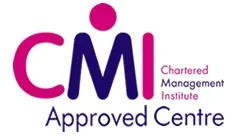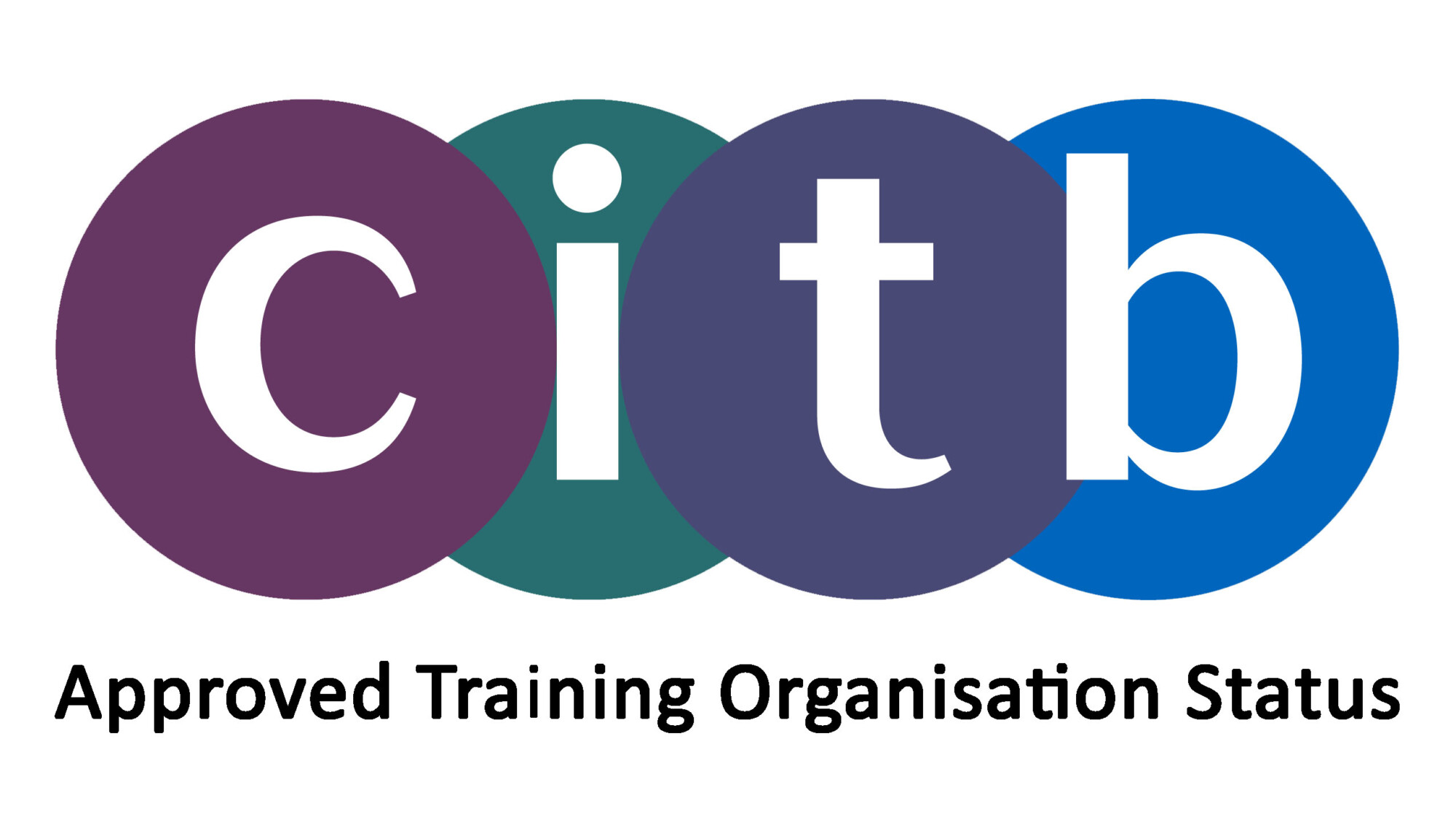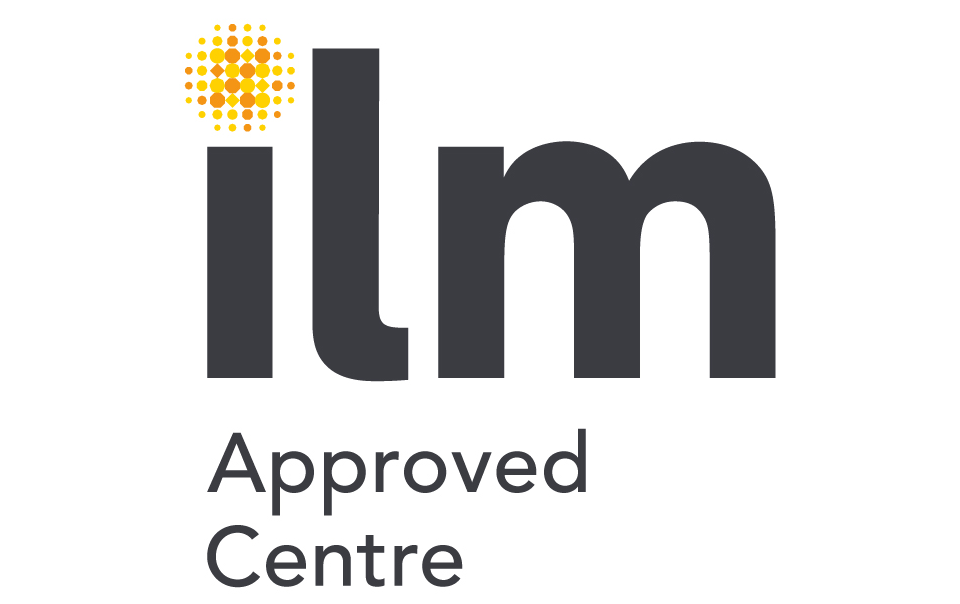How to Influence Senior Leaders on People Development Strategy
If you’re commissioning training or leading internal development projects, you’ll often need to influence senior leaders. Whether it’s securing budget or gaining support for a new approach, your ability to make a case directly affects the success of your initiative.
At Keystone, we work closely with organisations to shape learning strategies that align with wider goals. Here’s how to influence upwards and position people development as a strategic investment, not just a cost.
Start with the Business Priorities
Senior leaders think in terms of outcomes. Instead of leading with the training content or format, start by identifying how your idea supports their goals.
This might include:
-
Retaining high-potential staff
-
Strengthening leadership capability ahead of a restructure
-
Reducing risk or improving compliance
-
Supporting a new strategy or culture shift
Be clear about the business challenge and how your proposal addresses it. Avoid general language. Be specific.
Link Learning to Measurable Results
At Keystone, we help organisations measure the real impact of training. To win senior support, show that you’re thinking the same way.
That means:
-
Tracking performance changes after delivery
-
Using data to back up your recommendation
-
Demonstrating return on investment where possible
If you’re reporting into senior leadership, they’ll expect clarity on what success looks like. Prepare your metrics in advance and show how you’ll track them.
Build Credibility Over Time
Senior decision-makers are more likely to listen to someone they trust. That trust comes from being seen as professional, pragmatic, and commercially aware.
Here’s how to build it:
-
Share updates that focus on outcomes, not just activity
-
Show awareness of operational and strategic pressures
-
Acknowledge limitations and risks honestly
-
Share credit when results are delivered
At Keystone, our facilitators build lasting relationships through consistency, transparency, and impact. Apply the same principles when working with your leadership team.
Involve the Right People Early
If you’re shaping a learning strategy or pitching a new programme, avoid the mistake of waiting until everything is finalised before involving leadership.
Instead:
-
Ask for early input on goals, outcomes or constraints
-
Use quick check-ins to sense-check your thinking
-
Give senior leaders a chance to shape the direction
This builds a sense of shared ownership, and you’ll face less resistance when the proposal lands.
Make the Case for People Development
Even if you know the benefits of training, don’t assume others see it the same way. Your job is to show how your initiative supports the organisation’s future success.
Use examples from your sector. Reference insights from past internal programmes. And focus on what the business stands to gain, not just what staff will enjoy.
At Keystone, we’ve seen how well-targeted training can drive cultural change, improve leadership confidence, and reduce turnover. You can make the same case internally.
Flex When Needed
Senior leaders may be supportive in principle but push back on budget, timing or scope. Don’t dig your heels in. Instead, adapt the proposal while keeping the outcomes in focus.
Sometimes a phased approach works better. Or it might be about securing a pilot project first.
Final thoughts
To influence senior leaders, don’t just present a good idea—frame it in their terms. Speak their language, focus on outcomes, and show that your proposal helps them meet strategic goals. That’s when you’ll get buy-in.
Need help making the case for your next development initiative?
We work with HR, L&D, and leadership teams to shape and deliver bespoke programmes that drive business results. If you want support to build internal buy-in or design training that aligns with your strategy, get in touch with Keystone to start the conversation.
Esther Patrick is a Client Accounts Director at Keystone and a member of the Senior Leadership Team. An experienced consultant and management author, she has nearly 20 years’ experience leading client partnerships across sectors from construction to healthcare and designing leadership, culture, and team development programmes aligned with their strategic goals and values. Esther is passionate about creative, human-centred learning.



